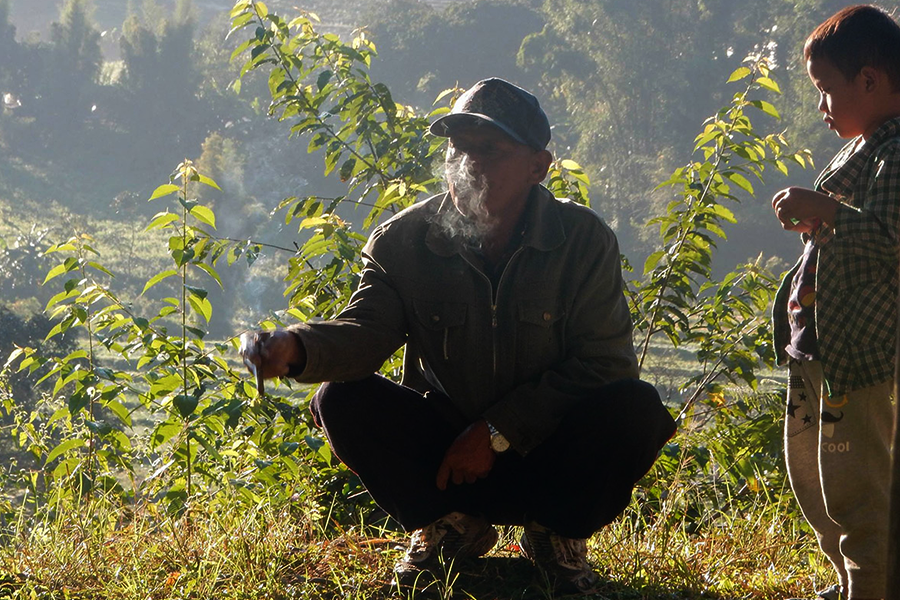Up in the lush highlands where Laos, Myanmar, and Thailand meet lies a jungle wilderness on the shore of the Mekong River. This remote area is the key to understanding the tangled relationship between opium, coffee, and conflict in Southeast Asia.
The opium trade has deep roots in this region. And with the discovery of the opiate heroin, the trade routes between Laos, Myanmar, and Thailand earned an international presence as well as an infamous name: the Golden Triangle.
Over the years, the Triangle grew exponentially across the continent; small-time smugglers grew into fervent soldiers, and local cartels banded together into regional armies. Thai villagers struggled to survive in the midst of violent upheaval. Legal or not, they turned to the most profitable crop they could find that grew well in the hills they lived in: opium.
“The Thai tourism industry initially started by way of the Golden Triangle (Thailand, Burma and Laos). People came from every corner of the earth to see this exotic region. The growing of opium poppies was very normal; I would often see them during village travels, especially as a young boy. However, this crop would later be found in the form of heroin in western countries later devastating many lives. With the introduction of coffee to replace opium, it has not only brought better income to the hill tribes of Thailand, but has slowed down the destruction of lives by heroin in Thailand and other countries around the world.”


